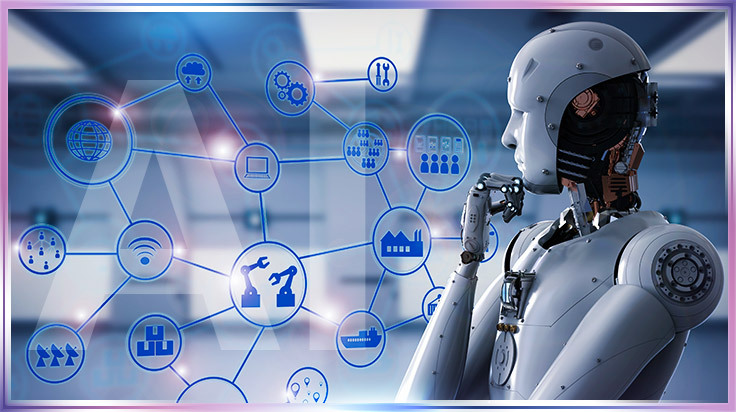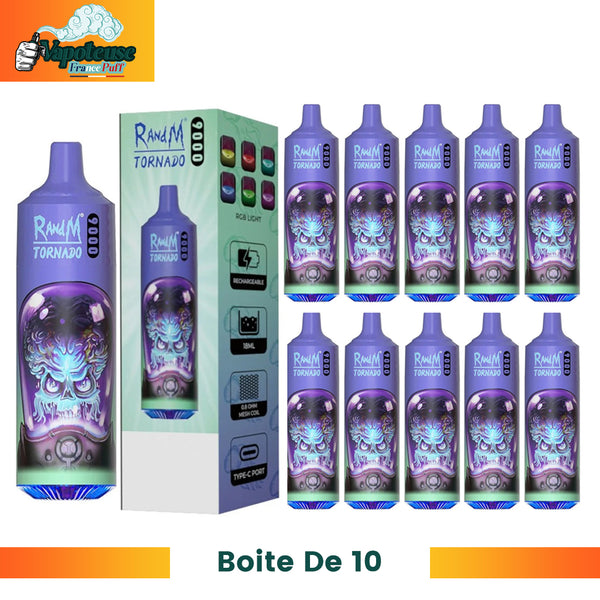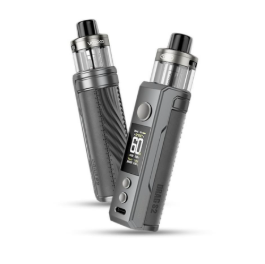Transforming Healthcare with Wearable App Development
In recent years, healthcare wearable app development has revolutionized the way we approach medical care, diagnostics, and wellness. From smartwatches monitoring heart rate to fitness trackers measuring sleep patterns, wearable technology is reshaping healthcare by making it more personalized, proactive, and data-driven. As consumer interest grows and technology matures, businesses and healthcare providers are turning to wearable app development to meet the rising demand for smart health solutions.
What Is Healthcare Wearable App Development?
Healthcare wearable app development refers to the creation of mobile applications that work with wearable devices like fitness trackers, smartwatches, ECG monitors, and biosensors. These apps collect and analyze real-time health data, which can be used for fitness tracking, chronic disease management, remote patient monitoring, and even emergency detection.
These apps typically interface with hardware via Bluetooth, collect data through embedded sensors, and sync it to mobile apps and cloud-based health platforms for analysis, storage, and reporting.
Key Features of Healthcare Wearable Apps
When developing healthcare wearable applications, developers often include features such as:
- Real-Time Health Monitoring: Track metrics like heart rate, oxygen levels, body temperature, and sleep quality.
- Personalized Insights: AI-driven recommendations based on the user’s health data and history.
- Fitness & Activity Tracking: Step counting, calorie tracking, and workout logging.
- Chronic Disease Management: Apps designed for conditions such as diabetes, hypertension, and asthma.
- Alerts & Notifications: Instant alerts for irregular health readings or medication reminders.
- Data Sharing with Healthcare Providers: Secure transfer of health data to doctors or hospitals.
- Integration with EHR/EMR Systems: Sync with electronic health records for comprehensive care.
Benefits of Wearable Healthcare App Development
- Improved Patient Engagement
Patients become more involved in their health and wellness, leading to better treatment adherence and lifestyle choices. - Remote Monitoring
Physicians can track patient vitals in real time, reducing hospital visits and enabling early intervention for complications. - Cost Savings
Wearables help detect problems early and minimize unnecessary medical procedures, reducing overall healthcare costs. - Real-Time Data Access
Instant access to health data allows both patients and doctors to make informed decisions quickly. - Customized Healthcare Solutions
Developers can tailor wearable apps for specific conditions or user groups, enhancing treatment precision.
Use Cases of Healthcare Wearable Apps
- Cardiac Monitoring: Detecting arrhythmias or heart irregularities using ECG-enabled smartwatches.
- Fitness & Wellness: Apps that guide users through fitness plans and monitor calories burned.
- Sleep Analysis: Monitoring sleep cycles to improve sleep hygiene and detect issues like sleep apnea.
- Mental Health Tracking: Wearables that measure stress levels, anxiety, and mood using heart rate variability and other indicators.
- Diabetes Management: Monitoring glucose levels and reminding users to take medication or check their blood sugar.
Technology Stack for Healthcare Wearable App Development
- Languages: Swift, Kotlin, Java, React Native, Flutter
- Frameworks: Google Fit SDK, Apple HealthKit, Samsung Health, Fitbit SDK
- Cloud Services: AWS, Google Cloud, Microsoft Azure
- APIs: Bluetooth Low Energy (BLE), RESTful APIs, FHIR (Fast Healthcare Interoperability Resources)
- Security Protocols: HIPAA Compliance, Data Encryption, OAuth 2.0
Challenges in Healthcare Wearable App Development
- Data Privacy and Security
Healthcare data is sensitive, and developers must ensure compliance with regulations like HIPAA, GDPR, and local data protection laws. - Battery Life Optimization
Wearables must run for long durations without frequent recharging, which requires efficient data processing. - Sensor Accuracy and Calibration
Inaccurate readings can lead to false diagnoses or missed alerts, making precise calibration essential. - Cross-Platform Compatibility
Apps must work seamlessly across different wearable brands and mobile operating systems. - Regulatory Approvals
Some apps or devices may require FDA or equivalent authority approval, adding complexity to development.
Future Trends in Wearable Health Apps
- AI and Machine Learning Integration: For predictive analytics and automated alerts.
- AR/VR Wearables: Assisting in physical therapy, medical training, and patient education.
- 5G Connectivity: Faster data transmission enabling real-time remote surgeries and diagnostics.
- IoMT (Internet of Medical Things): Broader ecosystems of interconnected health devices and apps.
- Voice Commands and Touchless Interfaces: Enhancing accessibility for elderly or disabled users.
Conclusion
As the healthcare industry becomes more digitized and patient-centric, healthcare wearable app development is playing a crucial role in bridging the gap between patients and providers. From enhancing diagnostics to promoting preventive care, wearable apps are shaping the future of medicine. With the right blend of technology, compliance, and user experience design, developers can create powerful solutions that deliver real-world health outcomes.













